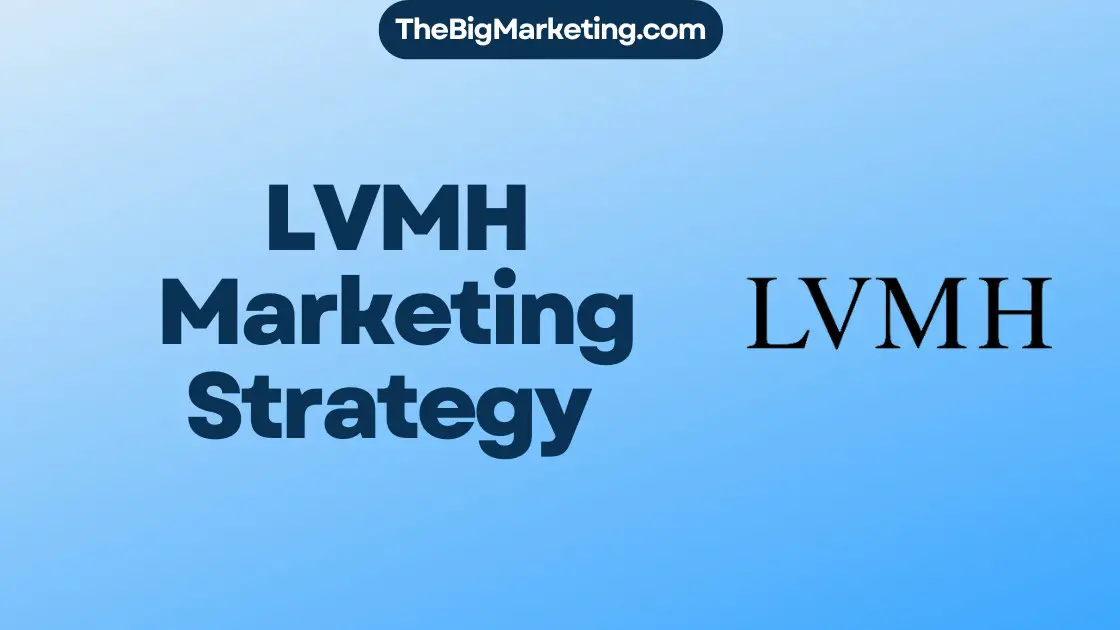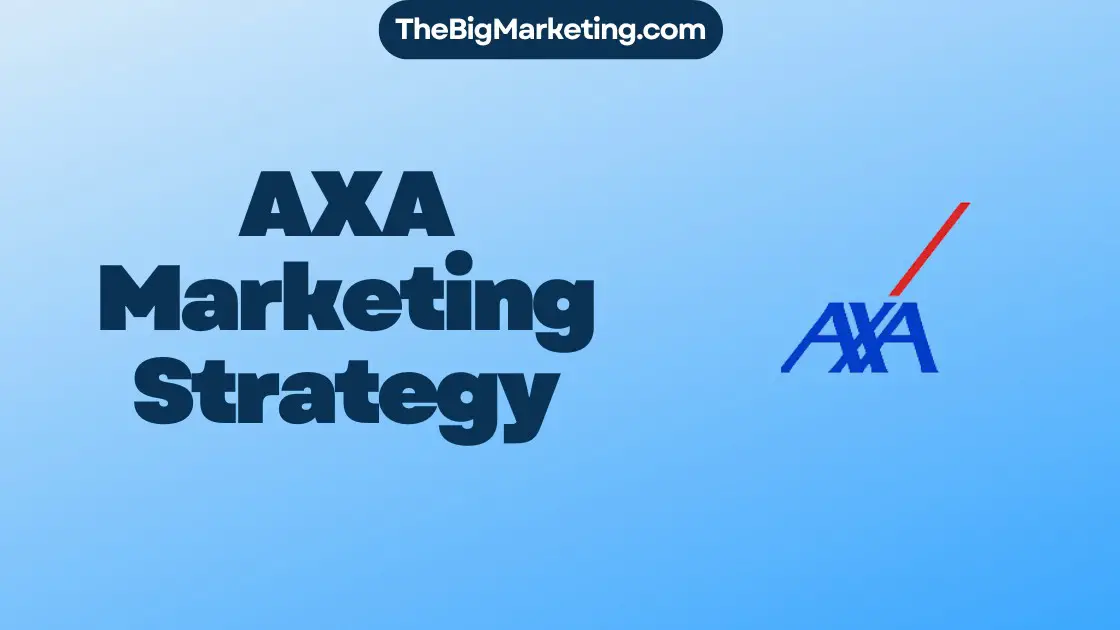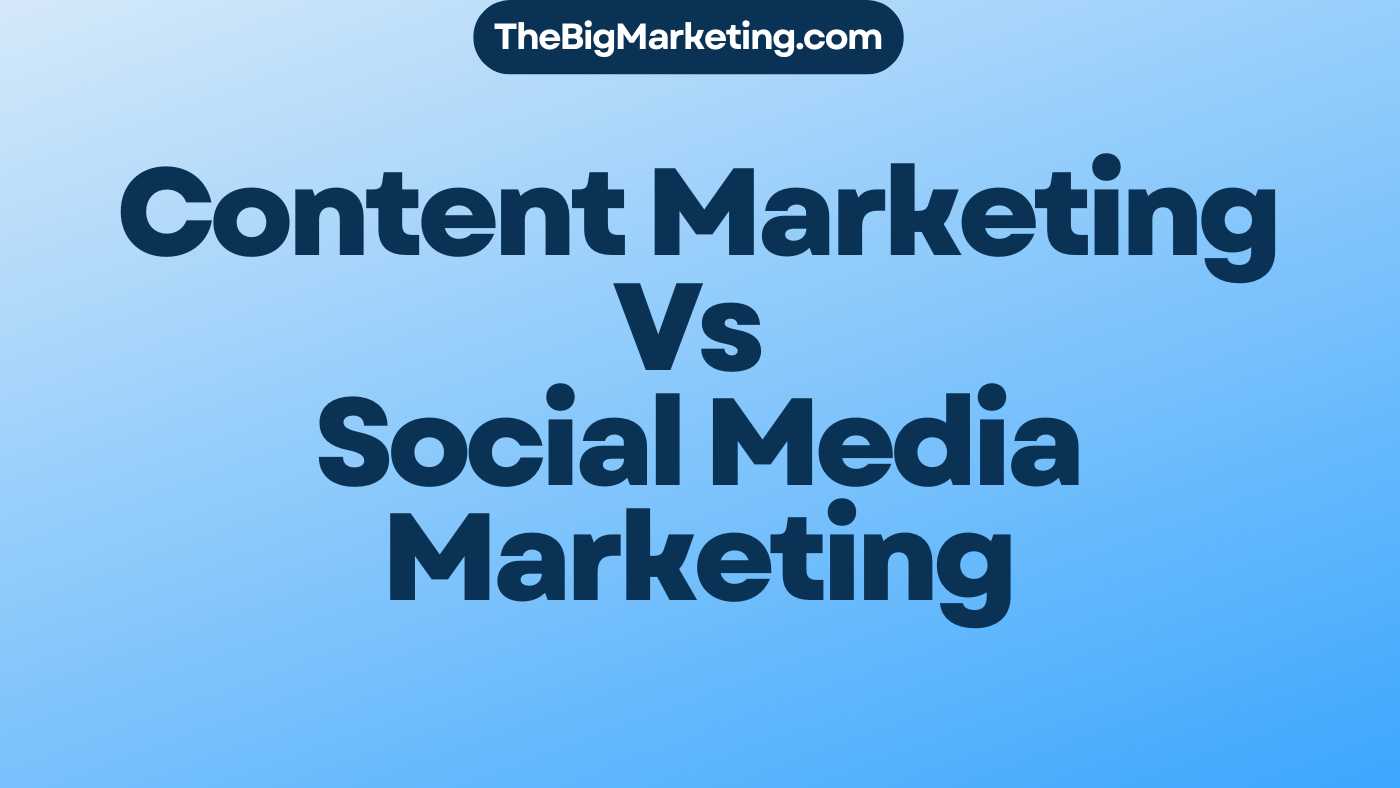A marketing deck, also known as a pitch deck, is a visual marketing presentation of your product or service. It aims to educate potential investors, co-founders, partners, and customers about your product or service. Marketing decks can have different purposes both internally and externally. The primary purpose of a marketing deck is to persuade your target audience about the value of your product, service, or business idea. It provides an overview of your product or service, your target market, the problem you’re solving, how your product or service can address the problem, your pricing, current traction, business goals, and what makes you different from the competition. A marketing deck is important for businesses of all sizes and industries as it helps in attracting potential investors, partners, and clients, explaining your business to potential employees and customers, and serving as a living document that can be modified as your business evolves. Marketing decks are usually created using presentation software tools like PowerPoint or Google Slides.
Key Takeaways:
- A marketing deck, also known as a pitch deck, is a visual marketing presentation that educates potential investors, partners, and customers about your product or service.
- The primary purpose of a marketing deck is to persuade your target audience about the value of your product, service, or business idea.
- Marketing decks provide an overview of your product or service, target market, problem-solving approach, pricing, current traction, business goals, and competitive differentiation.
- A well-designed marketing deck is essential for attracting potential investors, partners, and clients, explaining your business to potential employees and customers, and adapting to your business’s evolution.
- Marketing decks are typically created using tools like PowerPoint or Google Slides.
What Is a Marketing Deck?
A marketing deck, also known as a pitch deck, is a visual marketing presentation that aims to educate potential investors, co-founders, partners, and customers about your product or service. It is an essential tool for effectively conveying the value and potential of your business. Marketing decks serve different purposes both internally and externally, providing a snapshot of key metrics and data for internal presentations, as well as closing sales during external sales pitches.
When creating a marketing deck, it is crucial to make it visually engaging, easy to understand, and persuasive. Your pitch deck should convey trustworthiness and elicit FOMO (fear of missing out) from your audience. By showcasing the value of your product or service, a marketing deck aims to capture the attention and interest of potential investors, co-founders, partners, and customers.
Internally, marketing decks can be used to present metrics and data, such as website traffic and foot traffic to a retail store, that provide insights into the performance of your business. Externally, marketing decks focus on closing sales by showcasing the unique selling points and advantages of your product or service. These presentations are an opportunity to persuade your audience, compelling them to take action and engage with your business.
With a well-crafted marketing deck, you can effectively communicate your vision, differentiate yourself from competitors, and demonstrate the potential for success. It serves as a powerful persuasive tool that can attract potential investors, co-founders, partners, and customers, leading to business growth and opportunities.
What are marketing decks for?
The primary purpose of a marketing deck is to persuade your target audience about the value of your product, service, or business idea. It serves as a powerful persuasive tool that aims to convince your audience to support, purchase, or advocate for your brand.
Marketing decks are used by businesses of all sizes and industries to attract potential investors, partners, and clients. They play a crucial role in explaining your business to potential employees and customers. Additionally, marketing decks serve as a living document that can be modified as your business needs and goals evolve.
When presenting a marketing deck, it is essential to provide concise and relevant information that captures your audience’s attention. Your deck should include an overview of your product or service, clearly identify your target market, highlight the problem you’re solving, demonstrate how your product or service can address the problem, present pricing, showcase current traction, outline business goals, and differentiate yourself from the competition.
By structuring your marketing deck effectively and presenting compelling information, you can persuade your target audience and drive them to take action in support of your business. A well-crafted marketing deck is an essential tool for success in today’s competitive business landscape.
Example Marketing Deck Section
| Components of a Marketing Deck | Description |
|---|---|
| Product or Service Overview | An overview of your product or service, highlighting its unique features and benefits. |
| Target Market Analysis | An analysis of your target market, including demographics, psychographics, and market size. |
| Problem Identification | A clear identification of the problem your product or service solves, emphasizing the pain points and challenges faced by your target audience. |
| Solution Presentation | A presentation of your solution and how it addresses the identified problem. Use visuals and storytelling techniques to engage and persuade your audience. |
| Competitor Analysis | An analysis of your competitors, highlighting what sets your product or service apart. |
| Marketing Strategy | Your marketing plan and strategies for reaching your target audience. |
| Financial Information | Key financial data, including revenue projections, funding requirements, and return on investment. |
| Team and Expertise | Information about your team members and their expertise, emphasizing the qualifications and experience that make your team credible. |
| Social Proof | Evidence of satisfied customers, positive testimonials, industry awards, and any other forms of social proof that establish credibility and trust. |
Why is a marketing deck important for your business?
A well-thought-out marketing deck is an important business asset for organizations looking to grow, whether through securing more funding or acquiring more customers and partners. The marketing deck offers several benefits for your business, including:
- Helping potential investors and partners in their decision-making process by providing a clear understanding of your business, product, or service.
- Effectively explaining what your business does to prospective employees, customers, and clients, allowing them to assess its relevance to their needs and interests.
- Serving as a living document that can be updated and modified as your business evolves, ensuring your marketing efforts stay in line with current goals and market trends.
- Providing a concise and visually appealing overview of your business, product, or service, highlighting its unique value proposition and potential advantages over competitors.
A marketing deck is important for building credibility and generating interest among potential investors, partners, and customers. It serves as a powerful tool in driving business results by effectively communicating the value of your offerings.
| Benefits of a Marketing Deck |
|---|
| Helps potential investors and partners in decision-making |
| Explains your business to prospective employees, customers, and clients |
| Serves as a living document that evolves with your business |
| Provides a concise and visually appealing overview of your business |
| Builds credibility and generates interest |
| Drives business results |
The essential components of a marketing deck
Getting your marketing deck right can make or break your business. To create an effective marketing deck, you need to understand its essential components. These components include an overview of your company, information about your target market, the problem your product or service solves, your solution, traction and success metrics, information about your competitors, your marketing strategy, financial information, information about your team, and social proof. Each component plays a crucial role in showcasing the value of your business, product, or service. It’s important to present each component with relevant and concise information, using visuals and storytelling techniques to engage your audience.
Overview of Your Company
The first component of a marketing deck is an overview of your company. This slide should introduce your company, product, or service in one sentence and state your unique value proposition (UVP). It’s important to include your logo, contact details, such as phone number and email address, for easy reference. The company overview slide should convey who you are and why your audience should pay attention to you.
Information about Your Target Market
The second component of a marketing deck is information about your target market. This slide should include the demographics and psychographics of your target audience, the market size, and the market opportunity. You can also highlight market validation, which is the process of determining if there is a need for your product or service. Providing an overview of your target market helps potential investors and partners understand the viability and potential of your business.
The Problem
The third component of a marketing deck is the problem. This slide should highlight the problem that your product or service addresses. It should answer questions such as what the problem is, who experiences it, the impact of the problem, and how current solutions are inadequate. By presenting a real problem or pain point, you can capture your audience’s attention and spark their interest. It’s important to use visuals, storytelling, and data to convey the seriousness and significance of the problem.
The Solution (Your Product or Service)
The fourth component of a marketing deck is the solution, which showcases your product or service. After presenting the problem, you need to highlight your solution and paint a picture of your unique value proposition. It’s important to use visuals, such as video clips, photographs, or product demos, to support your solution. Rather than diving into too many details, provide a higher-level overview of your solution and how it addresses the problem. This slide should focus on capturing your audience’s attention and generating interest in your product or service.
Traction and Success Metrics
Traction and success metrics demonstrate the progress and achievements of your business. This component of the marketing deck should include data and statistics that showcase milestones, growth, or market validation. Use visuals, charts, or graphs to present the relevant metrics in a compelling way. Traction and success metrics help instill confidence in potential investors and partners, showing them that your business is on the right track.
Competitors
Understanding your competitors is crucial for positioning your product or service in the market. In this component of the marketing deck, provide a comprehensive analysis of your competitors, including their strengths, weaknesses, and market share. Differentiate your business by highlighting how your product or service stands out from the competition. Use visuals and data to support your analysis and present a clear and convincing case for the superiority of your offering.
Marketing Strategy
A well-defined marketing strategy is essential for reaching your target audience and achieving your business goals. This component of the marketing deck should outline your marketing channels, tactics, and messaging. Explain how your marketing strategy aligns with your target market and business objectives. Use visuals to illustrate marketing campaigns or examples of successful marketing efforts. A strong marketing strategy shows that you have a clear plan to effectively promote and drive the adoption of your product or service.
Financial Information
Financial information provides valuable insights into the financial health and potential of your business. In this component of the marketing deck, include key financial highlights such as revenue, profitability, growth projections, and return on investment. Use visuals, such as charts or tables, to present financial data in an easily digestible format. Financial information helps potential investors and partners evaluate the financial viability and potential of your business.
Team
Your team plays a crucial role in the success of your business. In this component of the marketing deck, provide information about key team members, their roles, and their relevant experience or expertise. Showcase your team’s capabilities and accomplishments to instill confidence in potential investors and partners. Include visuals, such as team photos or individual profile pictures, to personalize and humanize your team.
Social Proof
Social proof is evidence that others have had a positive experience with your product or service. In this component of the marketing deck, include testimonials, case studies, or any other form of social proof that demonstrates the value and satisfaction your customers or clients have gained from using your product or service. Use visuals, such as quotes or customer logos, to enhance credibility and trust. Social proof helps build confidence and reassures potential investors and partners that your business is reliable and delivers on its promises.
By incorporating these essential components into your marketing deck, you can effectively showcase the value and potential of your business, product, or service. Remember to use visuals, storytelling techniques, and concise, relevant information to engage your audience and make a compelling case for your offering. A well-crafted marketing deck can capture attention, generate interest, and ultimately drive business growth and success.
The essential components of a marketing deck: Overview of your company
The first component of a marketing deck is an overview of your company. This slide serves as a brief introduction to your company, product, or service, capturing the attention of your audience. It should include a concise statement that encapsulates your unique value proposition (UVP), highlighting what sets you apart from competitors.
Additionally, it’s crucial to feature your logo prominently on this slide, as it enhances brand recognition and reinforces your professional image. Including your contact details, such as phone number and email address, makes it easier for potential partners, investors, or customers to reach out and engage with your business.
By showcasing your company overview in a clear and visually appealing manner, you can establish credibility and create a lasting impression. This slide acts as a powerful opening to your marketing deck, setting the stage for the rest of your presentation.
An image illustrating the importance of a well-crafted company overview in a marketing deck.
| Key Elements of a Company Overview Slide |
|---|
|
The essential components of a marketing deck: Information about your target market
The second component of a marketing deck is the information about your target market. This slide provides valuable insights into the demographics and psychographics of your intended audience, as well as the market size and market opportunity. By understanding the characteristics of your target market, you can effectively tailor your marketing strategies and campaigns to reach and engage your ideal customers.
When presenting information about your target market, it’s crucial to include relevant demographics, such as age, gender, location, income, and education level. This helps you paint a clear picture of your target audience and understand their needs and preferences. Additionally, incorporating psychographics, such as interests, values, and lifestyle choices, can provide deeper insights into what motivates and influences your target customers.
Market size and market opportunity
Within your marketing deck, it’s essential to include information about the market size and market opportunity. This demonstrates the potential and viability of your business in the industry. Market size refers to the total addressable market for your product or service. It provides an estimate of the number of potential customers or revenue within your target market.
Market opportunity, on the other hand, evaluates the potential growth and profitability of your business in the market. It considers factors such as market trends, competitor analysis, and demand for your product or service. Including market validation, which is the process of confirming that there is a need for your offering, can further enhance your credibility and show that there is a viable market for your business.
| Components | Description |
|---|---|
| Demographics | Age, gender, location, income, education level |
| Psychographics | Interests, values, lifestyle choices |
| Market Size | Total addressable market |
| Market Opportunity | Potential growth and profitability |
By including detailed information about your target market, market size, and market opportunity, you can demonstrate that there is a demand for your product or service and showcase your potential for business success. These insights provide a foundation for developing effective marketing strategies and can help attract potential investors and partners who recognize the value and opportunity your business offers.
The essential components of a marketing deck: The problem
The third component of a marketing deck is the problem. This slide should highlight the problem that your product or service addresses. It should answer questions such as what the problem is, who experiences it, the impact of the problem, and how current solutions are inadequate. By presenting a real problem or pain point, you can capture your audience’s attention and spark their interest. It’s important to use visuals, storytelling, and data to convey the seriousness and significance of the problem.
When creating the problem slide for your marketing deck, consider the pain points that your target audience faces. For example, a real estate startup could emphasize the challenges that home buyers and sellers encounter in a competitive market. Use visuals, such as images or infographics, to illustrate the difficulties that your audience encounters. Statistical data or case studies can further validate the problem and showcase its impact.
Using Data to Highlight the Problem
An effective way to enhance the impact of the problem slide is by incorporating data. Data-driven visuals can help your audience better understand the magnitude of the problem. For a real estate startup, you could present statistical data on housing prices, supply and demand, or the average time it takes to sell a property in a particular market. These data points provide concrete evidence of the challenges faced by homebuyers/sellers and the need for a better solution.
Telling a Compelling Story
In addition to data, storytelling can also be a powerful tool on the problem slide. Craft a narrative that resonates with your audience and highlights the pain points they experience. For instance, tell the story of a frustrated homebuyer who has lost out on multiple bidding wars due to limited inventory. By weaving a relatable and emotive story, you can connect with your audience on a deeper level, making them more receptive to your solution.
Remember, the problem slide is an opportunity to capture your audience’s attention and ensure they understand the necessity of your solution. By effectively presenting the problem through visuals, data, and storytelling, you can engage your audience and set the stage for the solution that your marketing deck will unveil.
The essential components of a marketing deck: The solution (your product or service)
After presenting the problem, the fourth component of a marketing deck is the solution, which showcases your product or service. This slide is the perfect opportunity to highlight your unique value proposition and captivate your audience. To effectively convey your solution, it’s important to use visuals such as compelling video clips, striking photographs, or engaging product demos that demonstrate the benefits of your offering.
Instead of delving into excessive details, provide a concise and higher-level overview of your solution and how it addresses the problem you’ve presented. Emphasize the key features, functionalities, or advantages that make your product or service stand out from the competition. By focusing on the most impactful aspects of your solution, you can generate interest and appeal to the needs of your target audience.
The solution slide should serve as a visual representation of your product or service, capturing the attention of your audience and leaving a lasting impression. With the right combination of visuals and a compelling product overview, you can effectively communicate the value and benefits your solution brings to the table.
Conclusion
A well-crafted marketing deck is a powerful tool for businesses looking to attract investors, partners, and customers. It provides an overview of your company, highlights the problem you’re solving, presents your solution, showcases traction and success metrics, and conveys your marketing strategy and financial information. By including information about your team and social proof, you can build credibility and trust.
A marketing deck is essential for communicating your value proposition, generating interest, and driving business results. It serves as a comprehensive summary of your business, allowing you to effectively present your ideas, product or service, and market potential to your target audience. With its carefully curated components, a marketing deck enables you to convey your unique selling points and differentiate yourself from competitors.
By leveraging the importance of a well-structured marketing deck, businesses gain numerous benefits. Not only does it provide a concise and visually appealing overview, but it also supports decision-making processes for potential investors and partners. Additionally, a marketing deck can explain your business to prospective employees, customers, and clients, helping you foster valuable connections and drive growth. Remember to tailor each component of your marketing deck to your specific audience and objectives, ensuring it remains a powerful and persuasive asset for your business.






